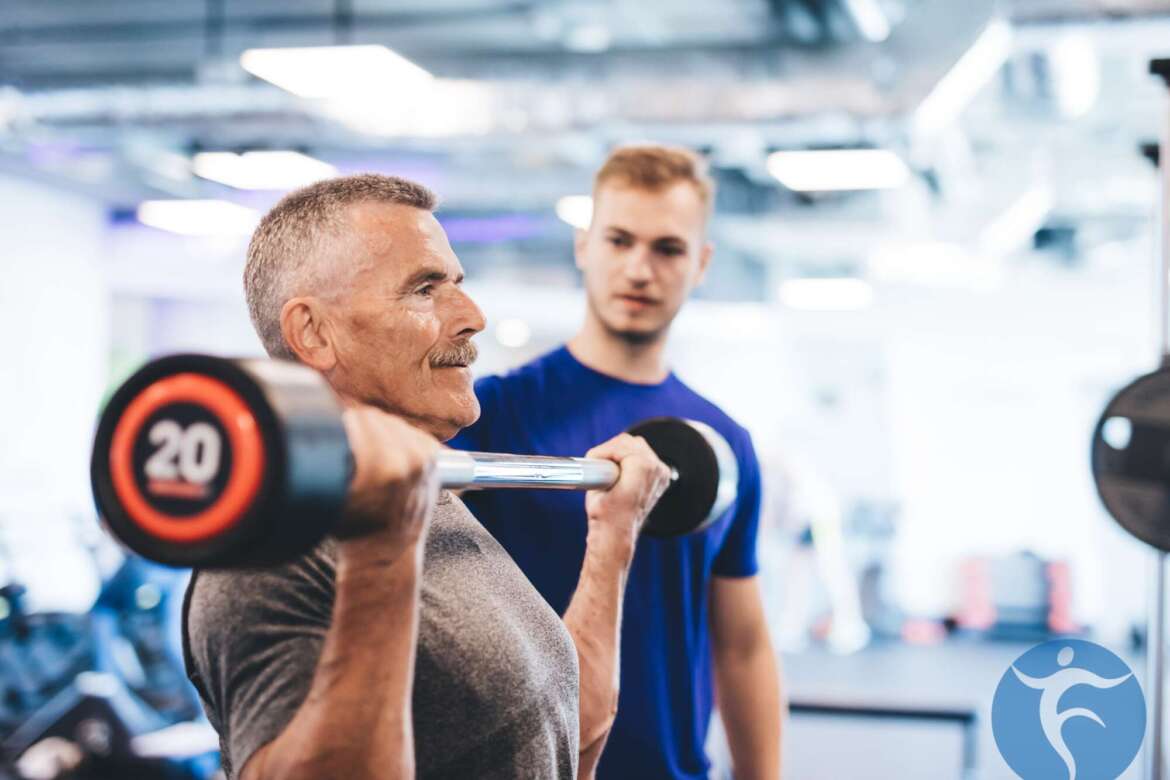What to Expect in Your First PT Session for Parkinson’s Disease
Embarking on physical therapy (PT) at any stage of Parkinson’s disease is a proactive step toward enhancing balance, gait, function, coordination, and overall confidence. At Freedom Physical Therapy Services, we are committed to supporting you in living life with greater freedom and independence. In this blog, you will learn what to expect in your first PT session for Parkinson’s disease.
Meet Your Physical Therapist
Your journey begins with a warm introduction to your physical therapist (PT), who brings specialized training and experience in managing neurological conditions, such as Parkinson’s disease. Freedom Physical Therapy Services has an LSVT-BIG trained therapist. This specialized Parkinson’s training allows for more functional and patient-specific PT. The Parkinson’s PT will collaborate with you to develop a personalized plan tailored to your unique needs and goals.
Initial Assessment
During your first session, your PT will conduct a comprehensive evaluation, including:
- Medical History Review: Understanding your Parkinson’s diagnosis, medications, and any other relevant health information.
- Physical Assessment: Evaluating motor symptoms such as tremors, rigidity, bradykinesia (slowness of movement), and postural instability.
- Functional Mobility: Assessing your ability to perform daily activities and identifying any challenges you may face.
- Goal Setting: Collaboratively establishing realistic and meaningful goals to guide your therapy.
Laying a Strong Foundation
Building a solid foundation is crucial for effective therapy. Your PT will focus on:
- Posture and Breathing Techniques: Addressing common postural changes and teaching strategies to improve alignment and respiratory function.
- Safety Tips: Providing guidance on fall prevention and safe movement strategies to reduce injury risk.
- Functional Training: Physical therapy (PT) plays a crucial role in helping individuals with Parkinson’s disease (PD) maintain and improve their ability to perform functional activities—those essential tasks required for daily living, such as walking, dressing, getting in and out of the car, and managing household chores.
Exercises for Parkinson’s Disease
Your PT will introduce exercises designed to:
- Enhance Flexibility: Stretching exercises to alleviate muscle stiffness and improve range of motion. Thoracic mobility can become very limited as PD progresses, which can limit functional activities and make walking more challenging.
- Build Strength: Targeted strength training to support mobility and stability. Progressive resistance training builds muscle strength, counteracting muscle weakness that may occur with PD or due to reduced physical activity. This improvement in strength supports better posture, mobility, and the ability to perform daily tasks .
- Improve Balance: Balance training exercises to reduce the risk of falls. Coordination exercises help manage bradykinesia (slowness of movement) and improve the fluidity and accuracy of movements .
- Gait Training: Techniques to improve walking patterns and address issues like shuffling or freezing of gait. Gait training with cues (auditory, visual, or tactile) and reciprocal pattern training help individuals walk more smoothly and safely .
- Reciprocal Movements: Exercises to reinforce natural movement patterns, such as arm swing during walking.
- Improving Neuroplasticity: High intensity aerobic exercises and skill training help to promote neuroplasticity, the brain’s ability to reorganize and form new neural connections. This is a very important for PD as it can help the brain compensate for lost funcitons or maximize remaining functions.
- Task Specific Training: PT includes exercises tailored to improve specific activities, such as getting in and out of bed or a chair, moving in bed, and performing daily tasks like dressing or cooking. This personalized approach helps individuals maintain independence in their daily lives.
These interventions aim to enhance functional mobility and quality of life.
Next Steps and Frequency of Visits
The frequency and duration of your PT sessions will be tailored to your individual needs and goals. Typically, sessions last between 45 to 60 minutes and may occur two to three times per week. Your PT will monitor your progress and adjust your plan as necessary to ensure continued improvement.
At Freedom Physical Therapy, we are here to support you every step of the way. Our goal is to empower you to live life with the most freedom possible, enhancing your mobility, confidence, and overall well-being.
Ready to take the next step? Schedule a consultation with one of our experienced Parkinson’s physical therapists today and begin your journey toward improved mobility and independence

